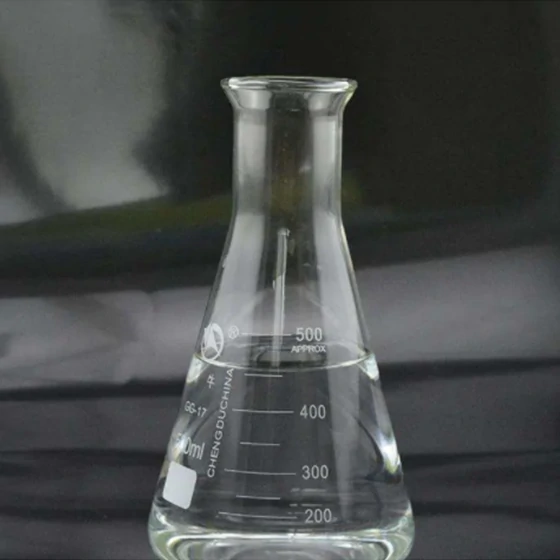Dilauroyl peroxide (also known as di-n-decyl peroxide or lauroyl peroxide) is a peroxide compound commonly used as a radical initiator in polymerization reactions. Its selectivity in catalyzing specific reactions depends on various factors, including the reaction conditions, substrate, and mechanism of action.
Here’s a breakdown of its selectivity in catalyzing specific reactions:
- Radical Polymerization: Dilauroyl peroxide is highly selective for initiating radical polymerization reactions. It undergoes homolytic cleavage of the O-O bond upon heating or exposure to light, generating two alkoxyl radicals. These radicals initiate the polymerization of monomers containing carbon-carbon double bonds, such as styrene, acrylates, and methacrylates. The selectivity of dilauroyl peroxide in this context lies in its ability to efficiently initiate polymerization reactions, leading to the formation of polymer chains with high molecular weight and controlled properties.
- Crosslinking Reactions: Dilauroyl peroxide is also selective for catalyzing crosslinking reactions in polymer systems. In this context, it acts as a crosslinking agent by generating radicals that participate in the formation of covalent bonds between polymer chains. China Dilauroyl peroxide manufacturers This crosslinking process enhances the mechanical strength, thermal stability, and other properties of the polymer material. The selectivity of dilauroyl peroxide in crosslinking reactions is attributed to its ability to generate radicals under specific reaction conditions, such as elevated temperatures.
- Degradation Reactions: While dilauroyl peroxide is primarily known for its role as a radical initiator in polymerization reactions, it can also catalyze degradation reactions under certain conditions. For example, exposure to high temperatures or UV light can lead to the decomposition of dilauroyl peroxide, resulting in the formation of radical species that initiate degradation pathways in polymers. These degradation reactions can be selective in terms of the types of bonds cleaved and the products formed, depending on the polymer structure and reaction conditions.
Overall, dilauroyl peroxide exhibits selectivity in catalyzing specific reactions primarily due to its ability to generate radicals under specific reaction conditions. Its selectivity in initiating radical polymerization, crosslinking, and degradation reactions makes it a valuable tool in polymer chemistry and related fields. However, the extent of selectivity may vary depending on factors such as the reaction conditions, substrate, and mechanism of action.
